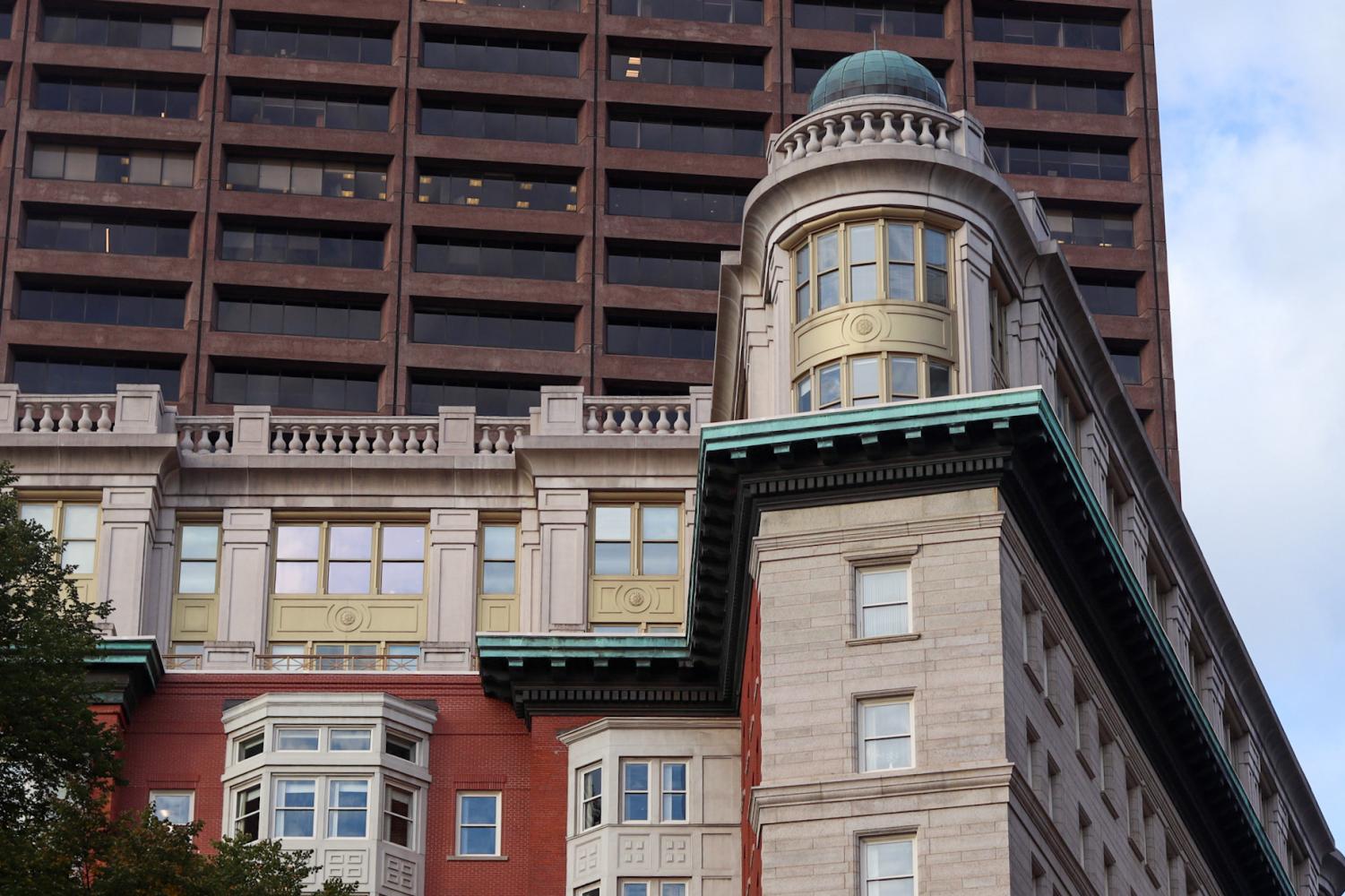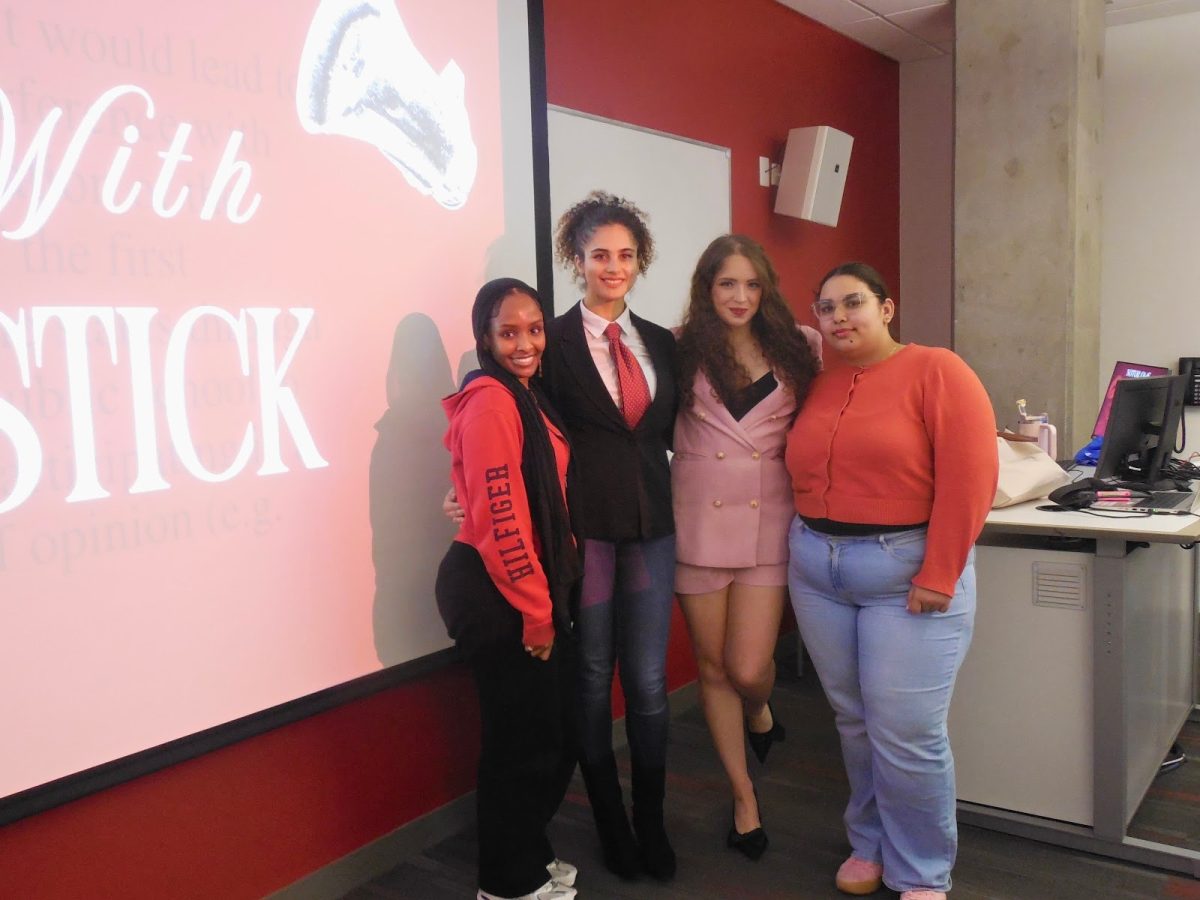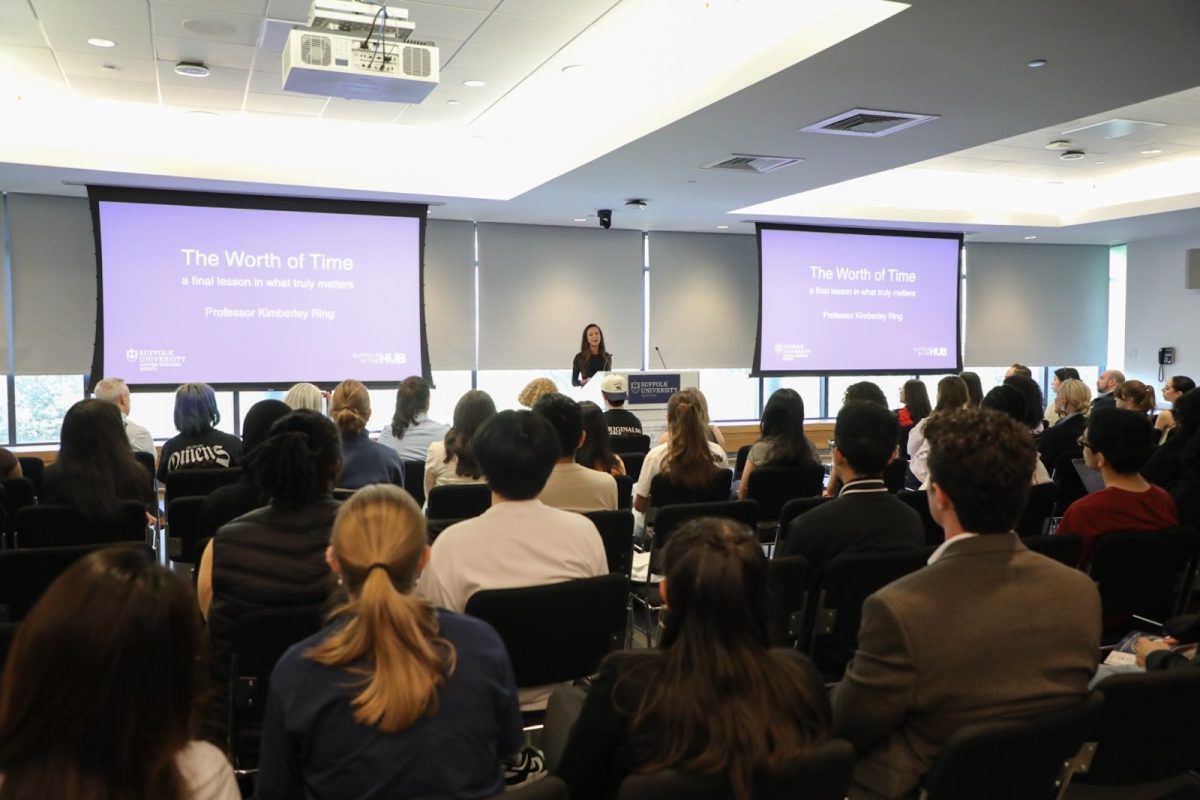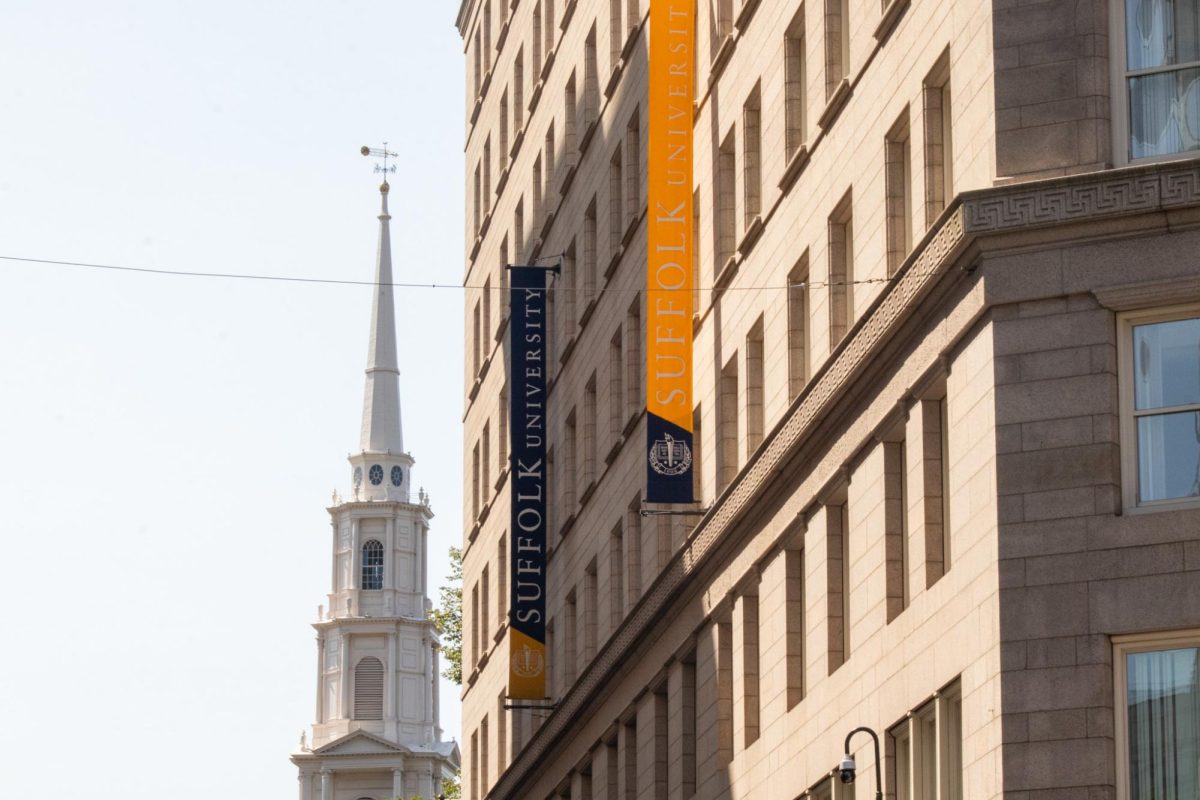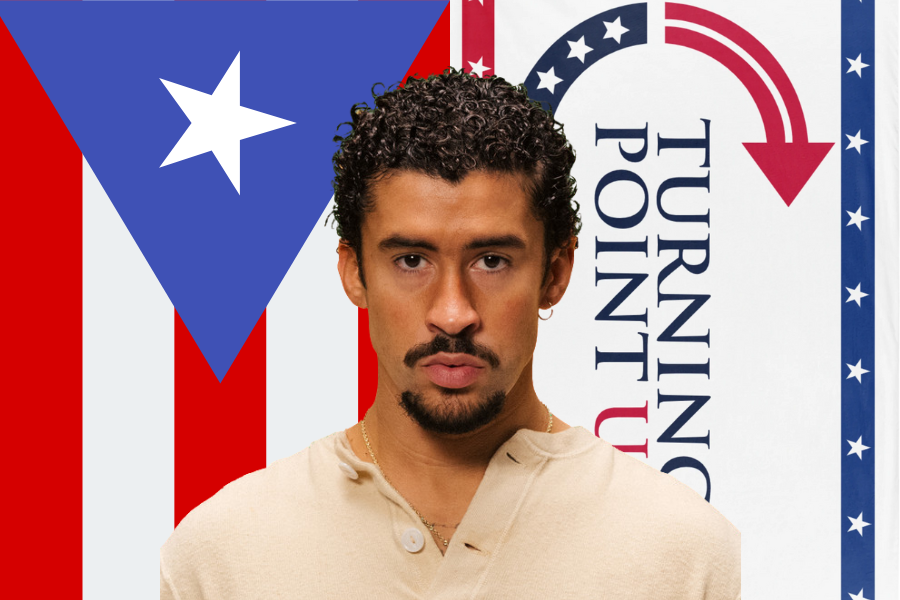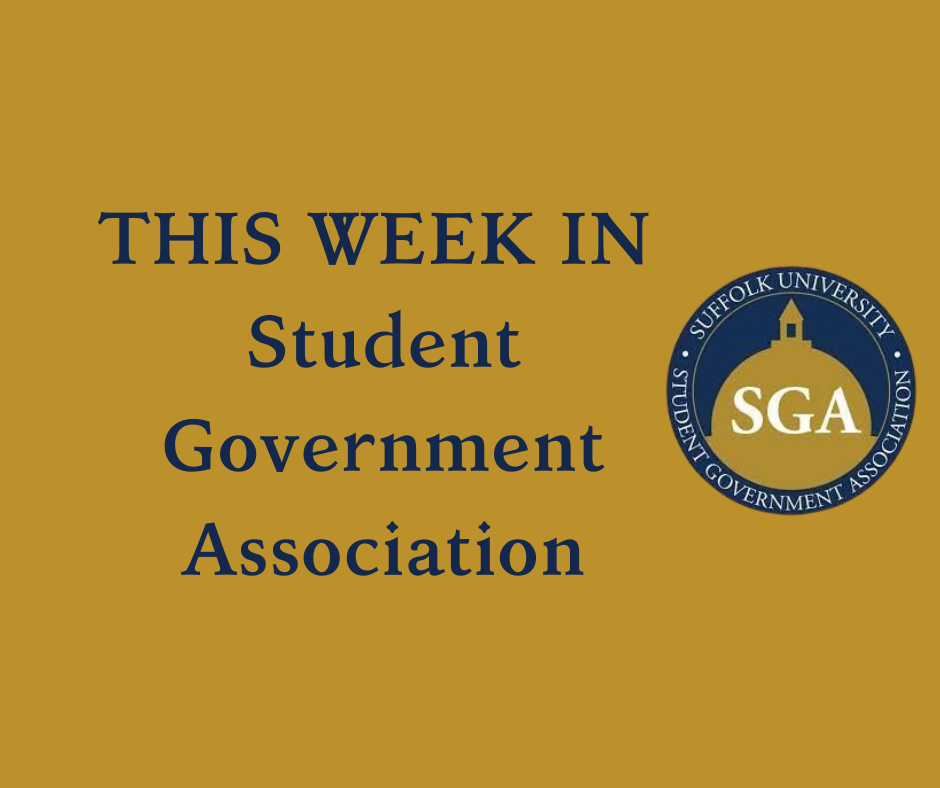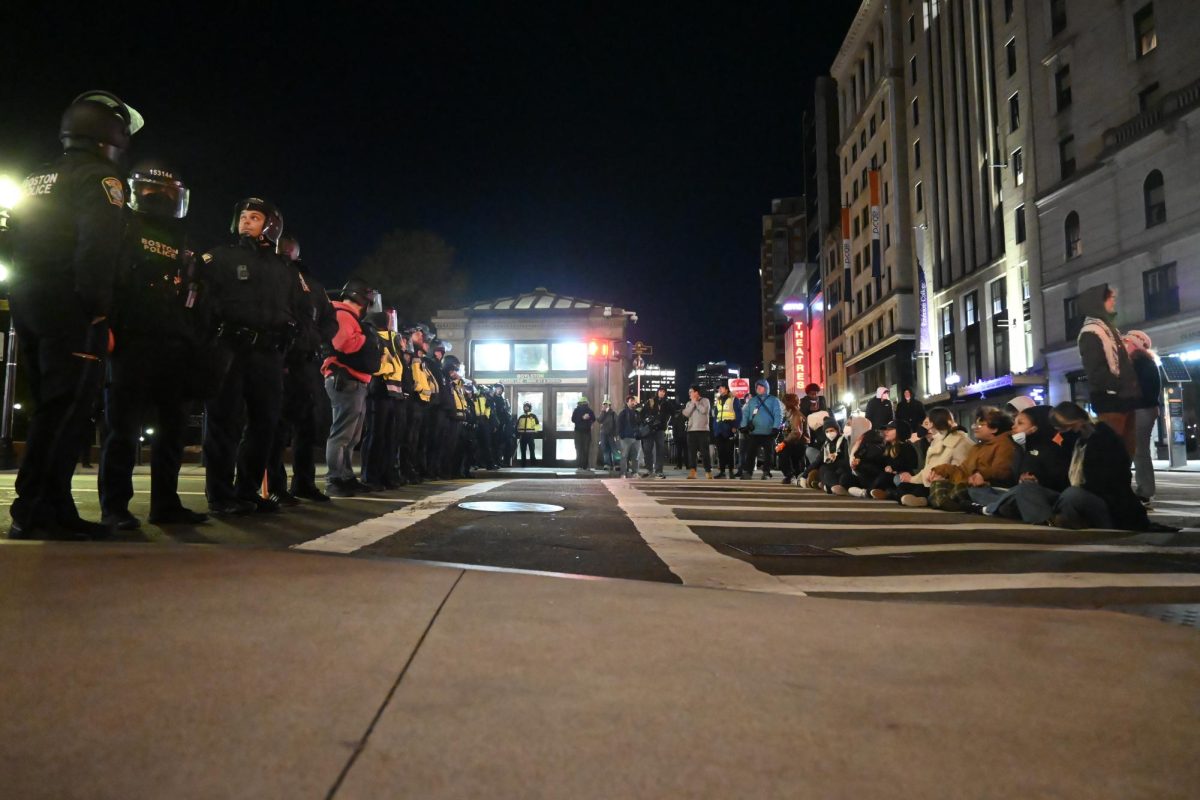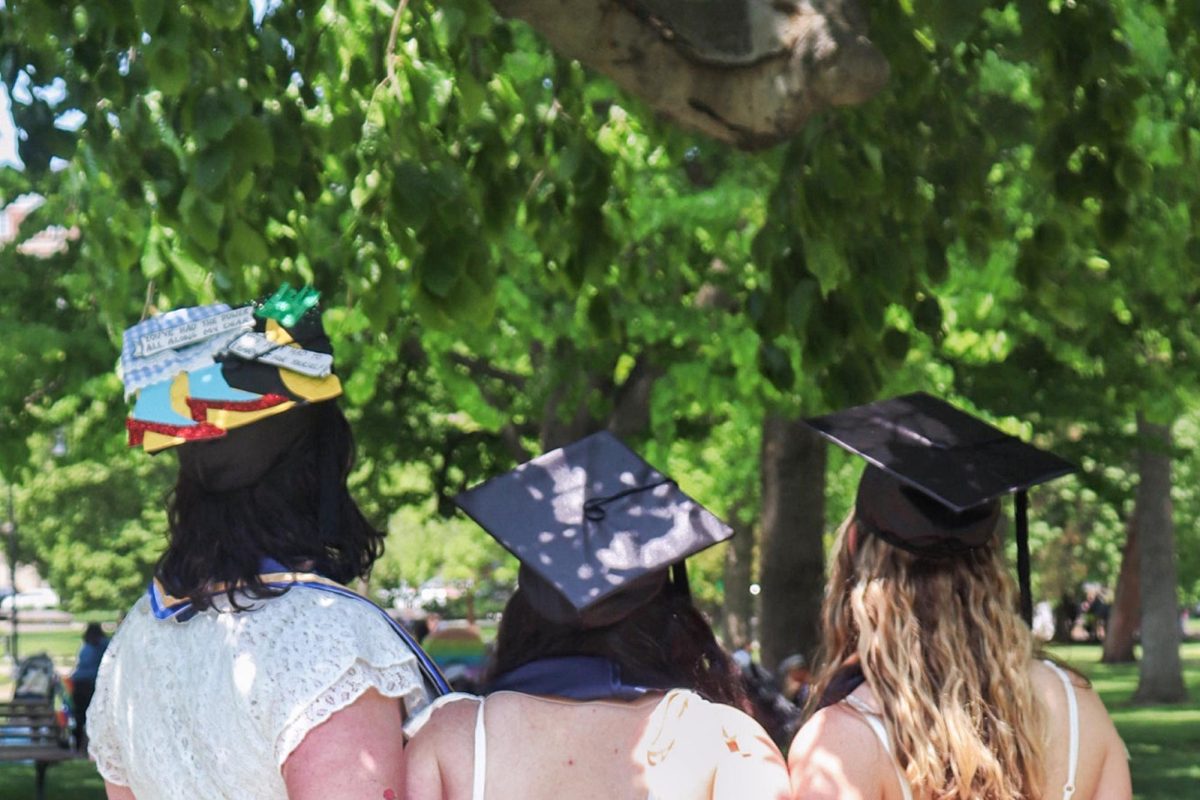Suffolk University laid off 30 staff members in the last two weeks as leadership continues to grapple with threats to higher education and works to protect the university’s future.
Many of the layoffs sought to consolidate roles with similar responsibilities and skill sets, said President Marisa Kelly. Financially, the decision was forward-looking, she said, focused on strengthening Suffolk’s finances to survive both current and future challenges.
“We recognize that the uncertainty in our landscape is not going to change tomorrow or the next day,” said Kelly. “For Suffolk, what we had to do is say that we have a lot of strengths as an institution, and we have a really strong financial foundation, but not if we aren’t smart now.”
The October wave of layoffs followed a previous round of 35 staff members in June, The Journal previously reported, bringing the total number for the last several months to 65 staff members. Both rounds of layoffs resulted in eliminated positions from staff departments across the university and did not include any faculty positions, according to Kelly.
Amid challenges from the federal government to academic freedom, research funding, diversity, equity and inclusion programs and more, every college and university is being faced with answering a different set of questions and faces unique, yet interlinked, hardships.
“Higher education is really facing an unprecedented set of challenges, and Suffolk is no exception to that,” said Kelly.
Under current circumstances, barring any drastic changes to the challenges Suffolk is facing, university leadership do not anticipate needing to make any other “budget or efficiency based layoffs” this academic year and “for the foreseeable future,” said Kelly.
For Suffolk, the two biggest challenges now are maintaining the university’s commitment to educational access and the threats to international students’ ability to come, and stay, to study in the United States, said Kelly.
More than 90% of Suffolk’s current undergraduate students receive “significant financial aid,” according to Kelly, and that commitment to providing an accessible college education to every student is at Suffolk’s core. In this year’s incoming class, 47% of students are first-generation and 55% are students of color. Suffolk’s commitment to this mission, the very one it was built on as an evening law school in 1906, is absolute, said Kelly, but can mean making some difficult decisions to uphold.
“It takes more and more dollars to be sure that we can remain accessible to students that sit at the core of our mission,” said Kelly. “At the core, all students matter. Ours is an expensive mission.”
This semester, 10% of Suffolk’s undergraduate students are international, according to Suffolk Vice President of Communications Greg Gatlin. This represents a 2 percentage point drop from fall 2024, when 12% of Suffolk’s undergrads came to study from outside of the United States.
“As we were getting closer [to the semester], we could see the number of international students who had deposited to come to Suffolk, but couldn’t get their visa appointment,” said Kelly. “At the end of the day, they just couldn’t come.”
International student arrivals to the United States dropped by nearly 20% in August, according to federal data. The Trump administration’s tightening of student visa protocols – including a temporary pause on visa interviews that was followed by new social media audits on applicants and travel bans and restrictions on more than a dozen countries – have stretched out wait times for students applying for an F-1 visa, jeopardizing their ability to make it to the States.
“The fact that, for example, in India wait times for a visa can be well over a year now is an issue for us, both in terms of what we want for the educational experience to be for our students and also from an enrollment perspective,” said Kelly. “We hope that that trend reverses itself, but we have to be prepared also for the possibility that it doesn’t.”
Suffolk has grown a lot in the last few years, said Kelly, in areas such as career services, advancement fundraising for scholarships, athletics, immersive and hands-on educational experiences and housing. While this growth was happening, though, areas to pull back on were not looked at as deeply, she said. This balance drove many of the conversations surrounding October’s round of layoffs as leadership sought to increase efficiency.
“We sat down as a broad leadership team and said, ‘OK, with everything going on, where are there places where we actually haven’t pushed hard enough on reorganization across divisions that can really help the financial bottom line?’” said Kelly.
As leadership discussed where to pull back from, such as reducing the number of trips through Journey Leadership Program and the Center for Community Engagement’s Alternative Spring Break from eight to six, the conversation also centered around what needs to be protected, such as Suffolk CARES, a sweeping student support program.
“As we made those budget decisions, the layoff decisions, we really looked at what are the places that we absolutely have to prioritize not making any changes to, and [Suffolk CARES] was one of them because we know how critical that is,” said Kelly.
Suffolk’s endowment – the pool of money from donors that is set aside from operational accounts – currently sits at $260 million, according to Kelly. Suffolk’s endowment’s largest asset is its liquidity, said Kelly, meaning that there are funds within the endowment that are not reserved for a specific cause, enabling leadership to selectively use this portion as needed and to solidify the university’s stability.
“It gives us a really good financial cushion that a lot of institutions do not enjoy because, even at a higher endowment level, their endowments are very restricted,” said Kelly. “It’s one of those pieces, when I said we have very strong financial footing, that is one of them. In an emergency, we can have access to a lot of cash all at once, which is a great thing, but at the same time we do not want to use that.”
The endowment-per-student breakdown is “not where we’d like it to be, not where it should be,” said Kelly. This low per-student number, though, places Suffolk outside of the higher tax on endowments that President Donald Trump imposed as part of the “One Big Beautiful Bill” he signed into law in July that is leaving several of the nation’s wealthiest universities scrambling to pay the tax from their operating budgets.
This tax hike is a concerning line for the federal government to cross, said Kelly, and one that is something university leadership must consider when weighing potential future threats, despite Suffolk being in the clear for now.
“The federal government has started down a really slippery path with respect to the endowment tax. Once upon a time, any kind of tax on a college, university or hospital endowment would have been redlined at the government that would not get crossed, and now that that line has been crossed, will that continue?” said Kelly. “As we are looking at how we can be smart for the long-term, that’s one of the things that’s in the back of my mind: is that a place where we might have challenges?”
The Trump administration’s attacks on the funding and legality of diversity, equity and inclusion programs hits at the core of Suffolk’s mission, but Kelly and her leadership team have remained steadfast in these commitments.
“I am proud of us all and the Board of Trustees for backing us on our commitment to say that we are not going to make decisions that are out of alignment with that commitment and which, frankly, are not required by the law,” said Kelly. “We are not going to make changes in anticipation of something that might happen in the future. It’s too important to what we do for students and alumni and the role that we serve in the city of Boston and beyond.”
The distinction between federal policy and federal law is key – with federal law having binding powers that policy does not. If federal policy changes were to become shifts in federal law, Suffolk would need to work within legal limits, said Kelly.
“We believe in the rule of law, and we might engage in the fight to be sure that those laws continue to be ones that we believe are appropriate and fair, and we have done that, friend of the court briefs or joining lawsuits if we had to, but at the end of the day, we will be on the right side of the law.”
As Suffolk’s trustees and leadership continue to navigate the protecting university’s future and its identity, students of the past, present and future are always at the forefront, said Kelly, even when that means making difficult decisions like this one.
“All of us are paying attention to what’s happening and working as best we can to make sure that we are making good decisions, always with the students at the center of those decisions,” said Kelly.



